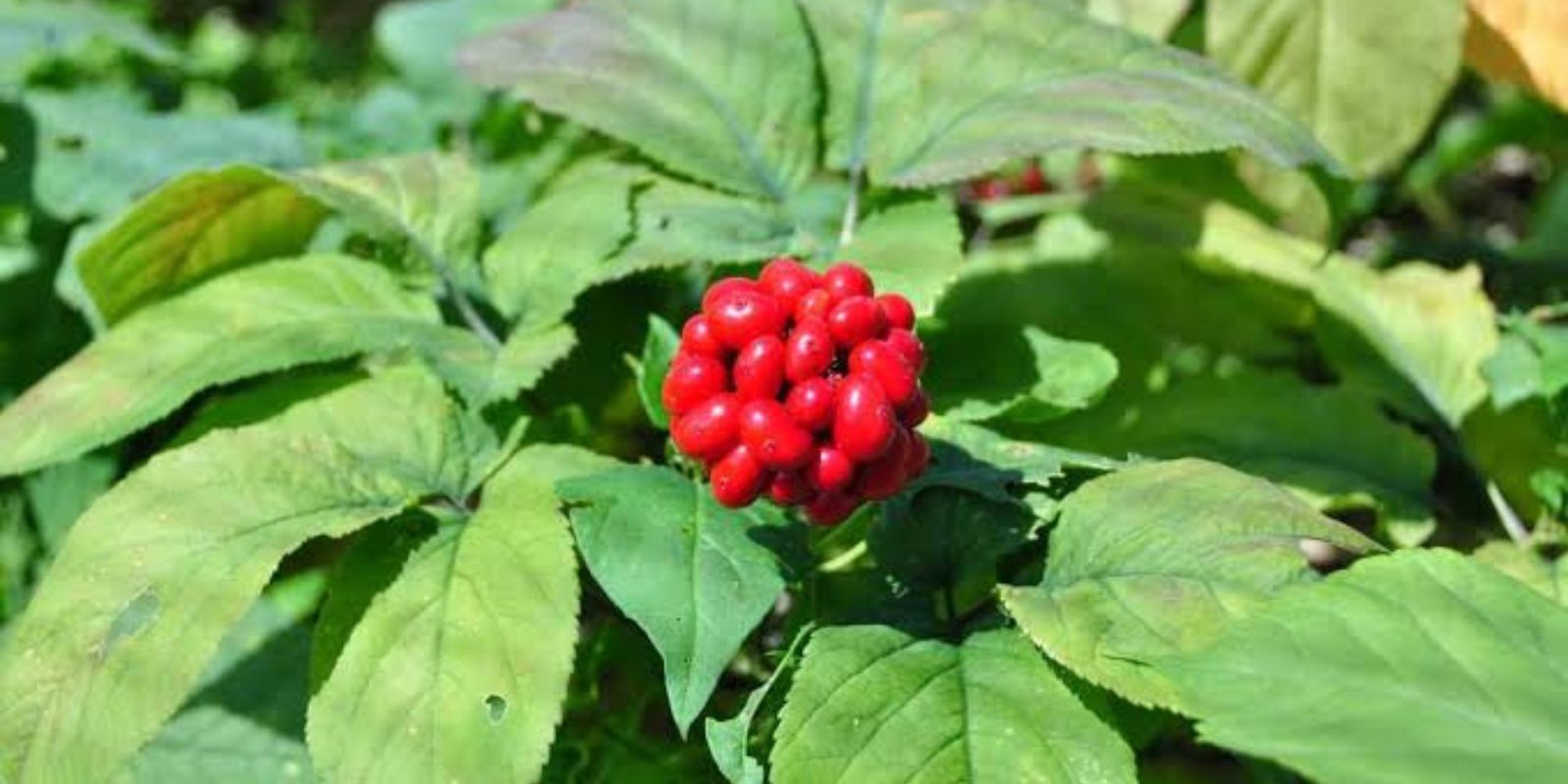Ginseng, a prized herb known for its medicinal and adaptogenic properties, has been cultivated for centuries. Both Panax ginseng (Asian ginseng) and Panax quinquefolius (American ginseng) are highly valued for their roots, which are believed to enhance energy, reduce stress, and boost immunity. Growing ginseng can be a rewarding venture, but it requires patience and a keen understanding of its natural habitat. This guide provides you with everything you need to know to grow this incredible herb successfully.
Understanding Ginseng: The Basics
Before diving into cultivation, it’s essential to understand the two main varieties:
- Panax Ginseng
- Native to East Asia, this variety thrives in cooler climates and is often used in traditional Chinese medicine.
- Panax Quinquefolius
- Found in North America, this species has similar properties but prefers a slightly different growing environment.
Both varieties are slow-growing perennials that require specific conditions to flourish, mimicking their natural woodland habitat.
Choosing the Right Location
Ginseng naturally grows in shaded forests with nutrient-rich soil. To replicate this environment:
- Shade: Select a spot with 75–80% shade. Hardwood trees like maples, oaks, and hickories are ideal for providing the necessary canopy.
- Climate: Ginseng thrives in areas with cold winters and warm summers.
- Soil: Opt for loamy, well-drained soil with a slightly acidic pH of 5.5–6.0.
Getting Started: Seeds or Roots?
You can start your ginseng garden using seeds or roots:
- Seeds:
- Buy stratified (pre-chilled) seeds from a reliable supplier.
- Non-stratified seeds require a chilling period and may take up to 18 months to germinate.
- Roots:
- Dormant roots are easier to grow and faster to mature. Plant them in early spring.
Planting Ginseng
1. Preparing the Soil
- Remove all grass, weeds, and debris from the planting area.
- Amend the soil with organic matter like compost or leaf mold to enhance fertility.
2. Planting Seeds
- Soak seeds in water for 24 hours before planting.
- Plant seeds about 1 inch deep and 1–2 inches apart in the fall.
3. Planting Roots
- Dig shallow holes for roots, ensuring the buds face upward.
- Cover with soil, leaving a slight mound to prevent water pooling.
Caring for Your Ginseng Plants
1. Watering
- Keep the soil consistently moist but not waterlogged. Overwatering can cause root rot.
2. Mulching
- Apply a layer of mulch (e.g., straw, leaves, or wood chips) to retain moisture, suppress weeds, and regulate soil temperature.
3. Fertilization
- Avoid chemical fertilizers. Instead, enrich the soil naturally with compost or well-rotted manure.
4. Pest and Disease Control
- Ginseng is susceptible to fungal diseases and pests like slugs and rodents.
- Use organic fungicides and pest deterrents to protect your plants.
Patience Is Key: Growing Takes Time
Ginseng is not a crop for the impatient gardener. It takes:
- 1–2 years for seedlings to emerge and establish.
- 3–4 years for young roots to grow significantly.
- 5–7 years for mature roots ready for harvest.
The slow growth is worth it, as older roots are more potent and valuable.
Harvesting Ginseng
When to Harvest
- Harvest ginseng roots in the fall when the plant’s leaves have turned yellow and died back.
- Ensure the roots are at least five years old for maximum potency.
How to Harvest
- Carefully loosen the soil around the roots using a small spade or trowel.
- Avoid damaging the roots during extraction.
- Rinse gently under running water to remove soil.
Preserving and Using Ginseng
After harvesting, you can:
- Dry the roots: Spread them in a single layer on a drying rack in a well-ventilated area.
- Use fresh: Incorporate fresh roots into teas, tinctures, or culinary recipes.
- Sell or gift: Mature ginseng roots can be a valuable commodity.
Tips for Success
- Be Patient: Ginseng grows slowly, but the wait is worthwhile.
- Choose Stratified Seeds: These are ready to germinate and save you time.
- Mimic Nature: Recreate the natural forest floor with shade, mulch, and organic soil.
- Protect Your Patch: Ginseng is valuable and may attract foragers. Consider fencing or discreet planting.
- Rotate Crops: Avoid planting ginseng in the same spot consecutively to prevent soil depletion and disease buildup.
Benefits of Growing Ginseng
- Health Benefits: Ginseng is known for boosting energy, reducing stress, and improving immune function.
- Economic Value: Mature roots are highly prized and can fetch significant prices in the market.
- Connection to Nature: Growing ginseng allows you to engage with nature and practice sustainable gardening.
Conclusion: Start Your Ginseng Journey Today
Growing ginseng may require patience and effort, but the rewards are immense. Whether for personal use or profit, cultivating this ancient herb is a fulfilling endeavor that connects you with nature and its healing powers.
What are your thoughts on growing ginseng? Share your experiences or questions below!
#GrowGinseng #MedicinalPlants #HerbalGardening #AmericanGinseng #AsianGinseng #SustainableGardening #GardeningTips #GreenLiving

